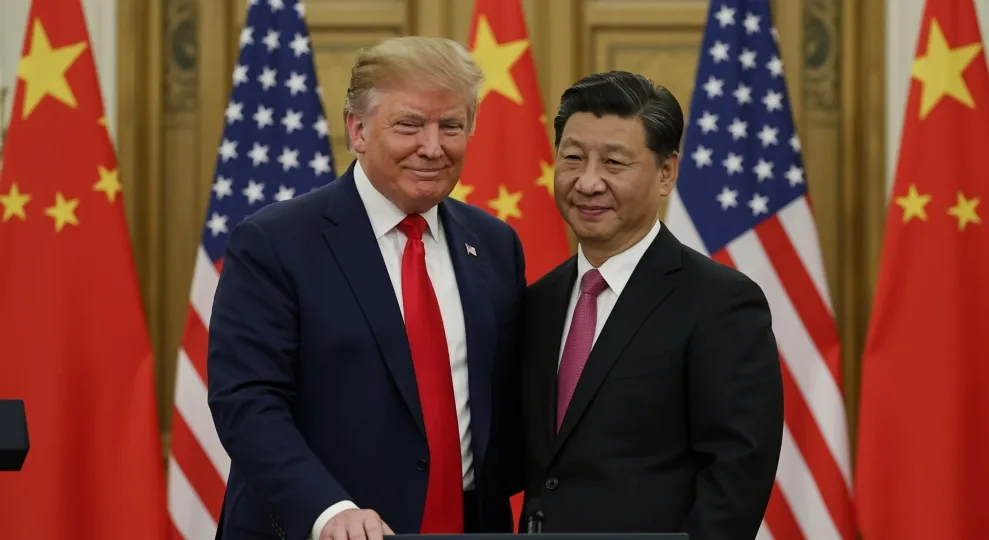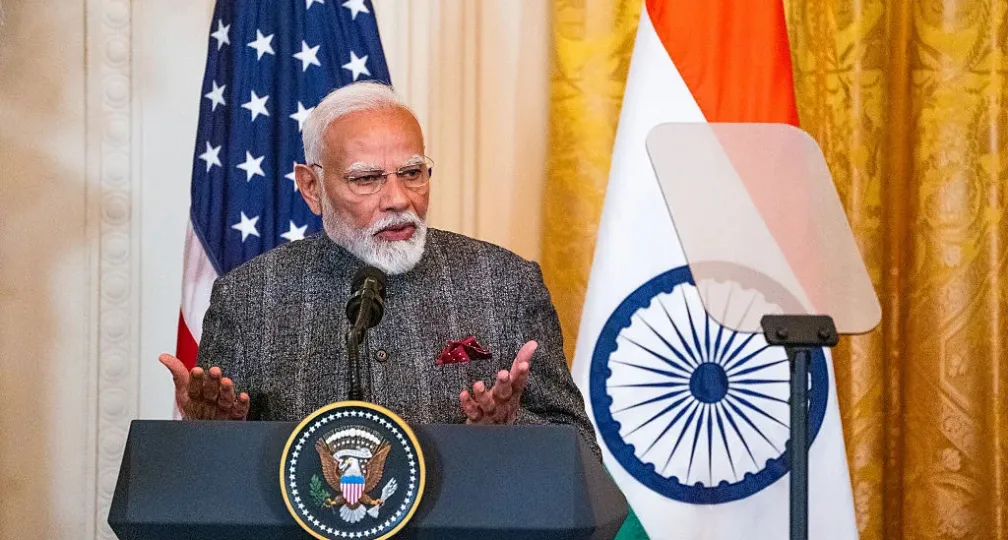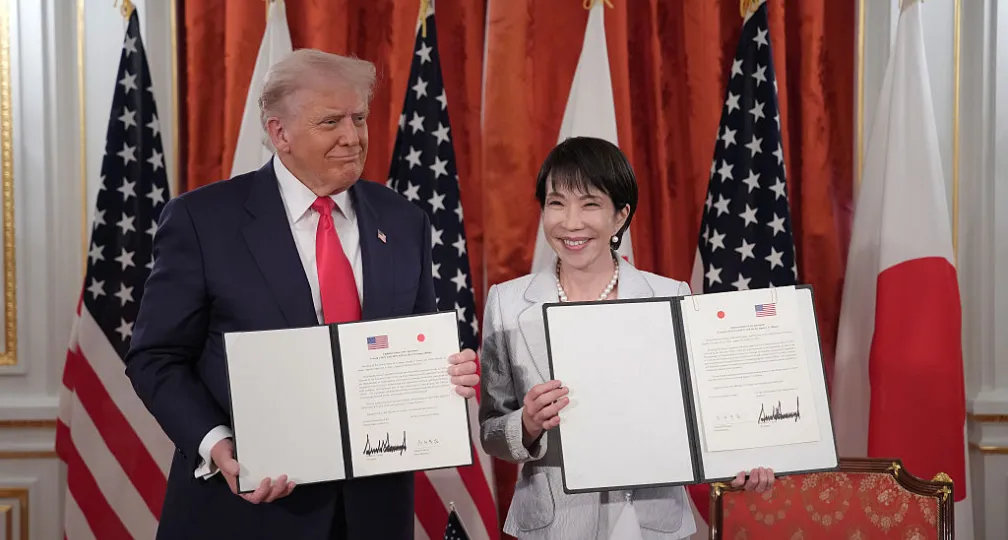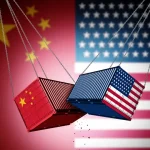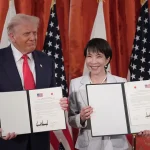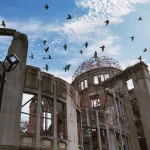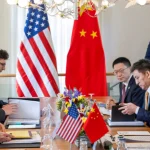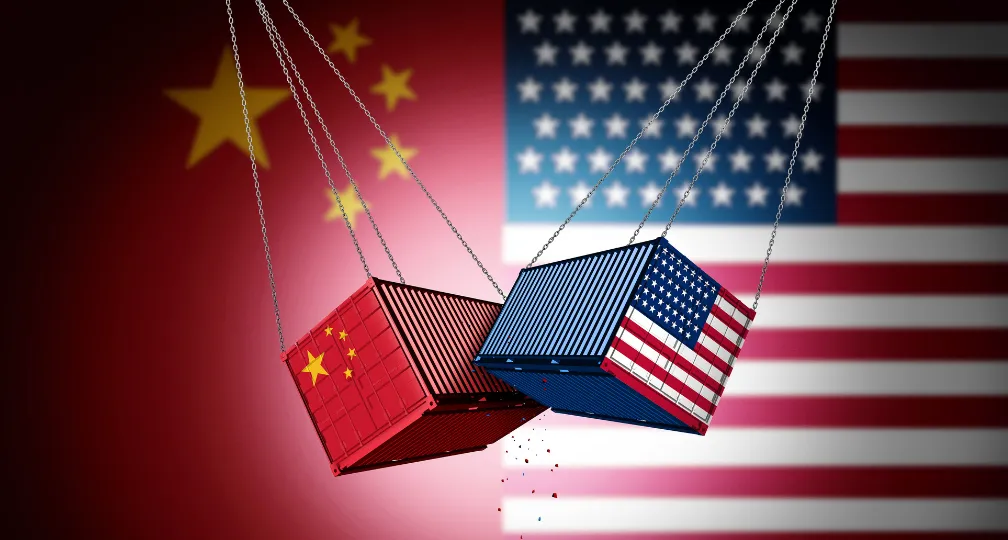India’s Structural Reforms: Opportunities and Risks
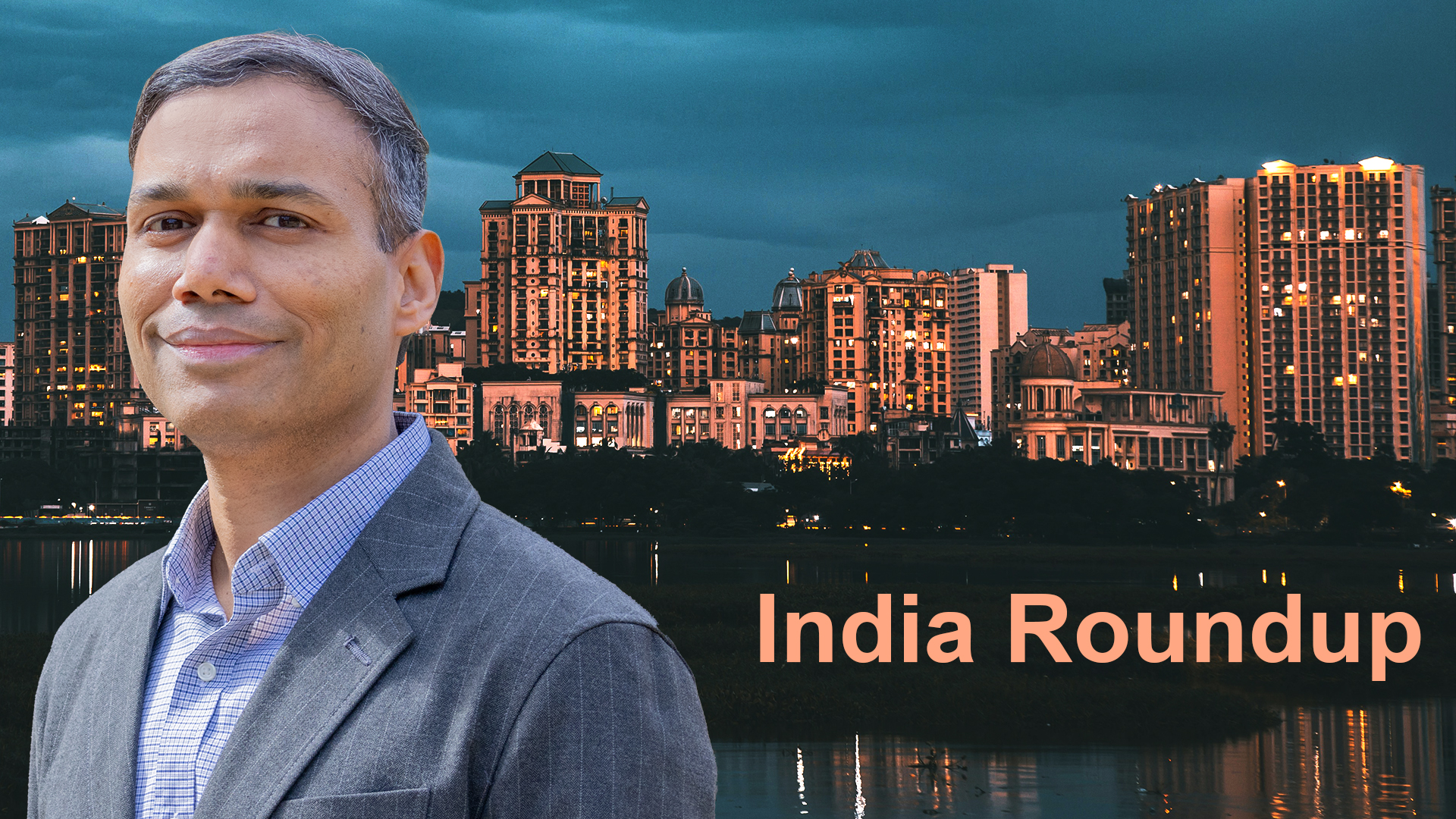
On the domestic front, the electorally important eastern state of Bihar goes to the polls.
Key Updates
1. Structural reforms
The Government of India constituted three high level Reform Panels to prioritize and fast-track structural reforms affecting land, labor, GST simplification & implementation protocols, single-window clearances and sectoral ease-of-doing-business bottlenecks. The Panels have a mandate to produce a scoreboard of “quick wins” and coordinated state-center reforms.
The panels are aiming to reduce fragmentation across ministries/states and to convert MoUs into executable projects.
Implication: If the effort succeeds at delivering concrete procedural changes (single-window approvals, standardized land/permit templates), project timelines for large foreign investors could shorten materially, lowering build-time and capex risk.
2. Indian naval visit to Japan
India’s indigenously built stealth frigate INS Sahyadri made a port call to Sasebo, Japan on 28 October 2025, receiving a formal welcome from the Japan Maritime Self-Defense Force. The visit underscores growing India–Japan maritime interoperability and signals closer operational cooperation in the Indo-Pacific (joint exercises, port visits, information-sharing). The maritime security partnership underpins corridors for trade, critical-mineral shipping and energy logistics.
Indian Navy termed the visit a symbol of “India-Japan strategic alignment.”
3. Japan-anchored investment window
The ¥10 trillion mobilization, and active prefecture-to-state MoUs create multiple entry points for Japanese companies, and financiers in manufacturing, EV supply chains, data-center and green hydrogen projects. State-level engagement (Haryana, Maharashtra, Telangana, etc.) signals faster land, power, subsidies and approval pipelines for early movers. Japanese financial institutions are active in project financing and green-transition deals. These flows are accelerating deal-making on the ground.
4. Modi’s virtual ASEAN participation
In late October, Prime Minister Modi attended the ASEAN Leaders’ Summit virtually. Reporting attributed the unusual decision (citing Modi’s penchant for attending multilateral summits, in-person) to domestic political priorities (Bihar assembly elections) and to avoiding potentially awkward bilateral optics in Kuala Lumpur (including a possible in-person interaction with President Trump). It signals New Delhi’s preference for low-risk diplomacy while prioritizing domestic political timetables.
5. Bihar legislative assembly election
Eastern state Bihar’s assembly election is set in November. Bihar is politically consequential: it is large, electorally influential, and sensitive to agrarian and employment concerns. The election will shape center-state relations, policy continuity on subsidies and labor reforms, and short-term market sentiment — especially for sectors with substantial presence in the state (infrastructure, consumer goods, textiles).
6. Semiconductor, electronics & green energy cooperation with Singapore
Singapore entities are looking at India based OSAT (Outsourced Semiconductor Assembly and Test) pilot projects, packaging partnerships and workforce skilling. Semiconductor investments are focusing on mid-stack ecosystem (test, packaging, tooling) rather than headline fab projects — a pragmatic, faster-to-implement approach.
Implication: Opportunity to plug into these near-term opportunities (test equipments, specialty chemicals, precision tooling) with shorter payback profiles than greenfield fabs.
7. Afghan engagement
The bilateral discussions are narrowly focused on project continuity (power line, road links), consular issues and a limited framework to protect Indian-funded assets and personnel involved. India is pragmatically preserving future connectivity options to Central Asia.
8. India–EU FTA talks accelerate
Negotiations with the EU advanced on several technical chapters (customs facilitation, digital trade standards, certain services disciplines and sustainable-trade provisions). The discussion is focused on technical alignment (regulatory equivalence, customs modernization) rather than immediate tariff liberalization on politically sensitive agricultural lines.
This reflects a tactical pivot: both sides prioritize regulatory and services chapters that unlock investment flows ahead of broad tariff deals.
Implication: European investors/exporters may gain clearer entry rules for clean-tech, pharmaceuticals and financial services: this opens EU co-investment and co-sourcing partnership possibilities for Japan-India joint ventures.
9. China’s WTO complain against India
On 15 October 2025, China lodged a formal WTO complaint against India, alleging that New Delhi’s Production-Linked Incentive (PLI) scheme for electric vehicles and batteries grants domestic firms an unfair advantage through localization requirements and discriminatory subsidies. Beijing claims it violates WTO rules on national treatment and import-substitution. The move reflects China’s anxiety over India’s rising push for manufacturing self-reliance and supply-chain diversification in sectors long dominated by Chinese producers. Geoeconomically, Beijing aims to deter India’s industrial ascent, while New Delhi views the challenge as proof that its EV and clean-tech ambitions are beginning to unsettle the established Asian production order.
Notes for the investors
1. Implementation risk is the key
The success metric is not the MoU announcement but the speed and reliability of implementation (land allocation, grid connection, workforce availability, regulatory consistency). Reform panel outcomes and state cooperation will materially affect project viability.
Actionable: Include implementation-lead KPIs in any MoU negotiations and insist on central-and-state-level commitments (escrowed approvals, timelines) before firm commitments.
2. Competitive & partnership dynamics
EU and Singapore engagement intensify competition in services, semiconductors and green sectors. That said, these actors also create partnership windows (co-financing, technology licensing). Joint trilateral consortia (Japan–India–Singapore or Japan–EU–India) can be structurally attractive.
Practical recommendations (next 2-4 months)
Prioritize ‘plug-and-play’ opportunities: Target OSAT/ATMP, test equipment, battery-ancillary lines, and mid-stack semiconductor roles where project gestation is shorter and ROI timetables are acceptable.
Implementation-first diligence: When negotiating MoUs, require concrete KPIs (land allotment, PPA tenor, labor skilling commitments) and timelines; seek JBIC/NIIF co-finance or state guarantees to de-risk execution.
Form trilateral consortia: Where competition from EU/Singapore is strong, think trilateral JV models.
Shape the reform trajectory: Use industry associations (JETRO, CII, FICCI) to input into the Reform panels’ quick-wins list; corporate representation can accelerate regulatory support.
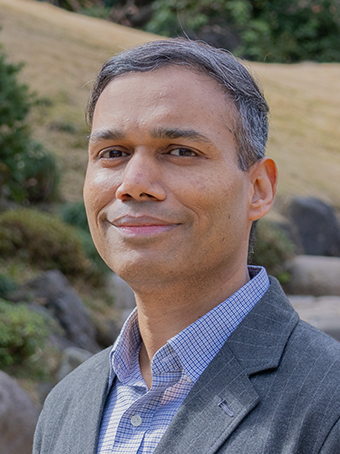

Visiting Research Fellow
Manish Sharma is an ex-investment banker, with over two decades of experience spanning academia, consulting, think tank and corporate finance. His academic journey includes research and teaching positions at renowned institutions including Jawaharlal Nehru University, University of Tokyo, London School of Economics, and Doshisha Business School. Currently, he is an associate professor of economics, at Hosei University in Tokyo. Until 2012, Dr. Sharma served as Director (M&A) in the Corporate Finance Department at Daiwa Capital Markets' Tokyo headquarters, providing strategic financial guidance to major corporations. He subsequently transitioned to full-time academia, bringing his extensive practical knowledge to universities across Asia. His other notable experiences include 13 years of radio newscasting with NHK World, and running an investment advisory. His teaching and research interests cover Indian/ASEAN markets, tech sector, corporate finance, investments, valuation, geoeconomics and day-trading. Dr. Sharma holds a Ph.D. in Financial Economics.
View Profile US-China Misperceptions in the Race for Strategic Autonomy2025.10.17
US-China Misperceptions in the Race for Strategic Autonomy2025.10.17 Can Takaichi Build on a Successful Summit?2025.10.31
Can Takaichi Build on a Successful Summit?2025.10.31 Event Report: Nuclear Weapons, Eighty Years After the War and the Atomic Bombings2025.09.25
Event Report: Nuclear Weapons, Eighty Years After the War and the Atomic Bombings2025.09.25 Trump’s Tariff Policy through a Geoeconomic Perspective2025.10.10
Trump’s Tariff Policy through a Geoeconomic Perspective2025.10.10 Navigating Uncertainty: India’s Quiet Strategic Moves2025.10.15
Navigating Uncertainty: India’s Quiet Strategic Moves2025.10.15


